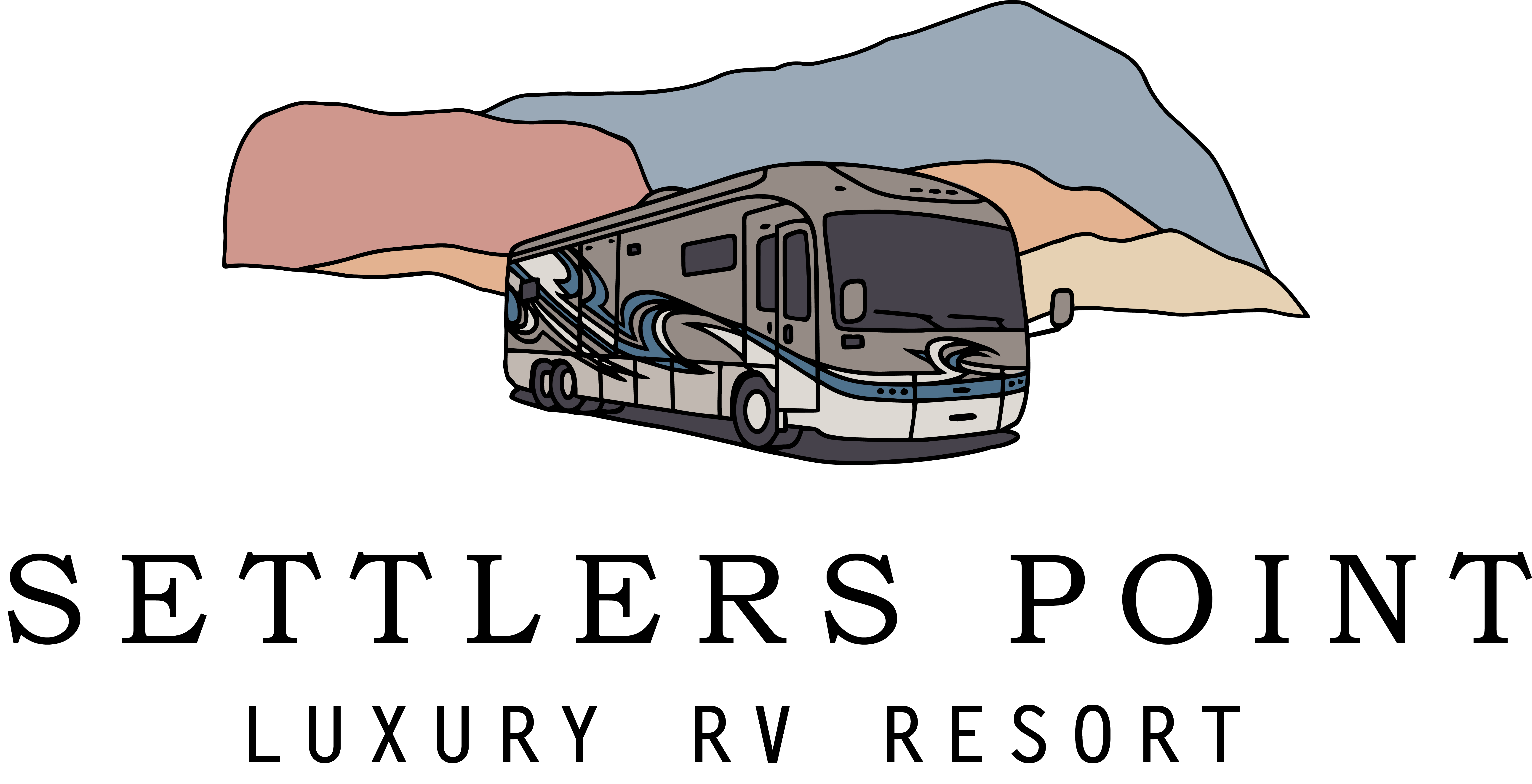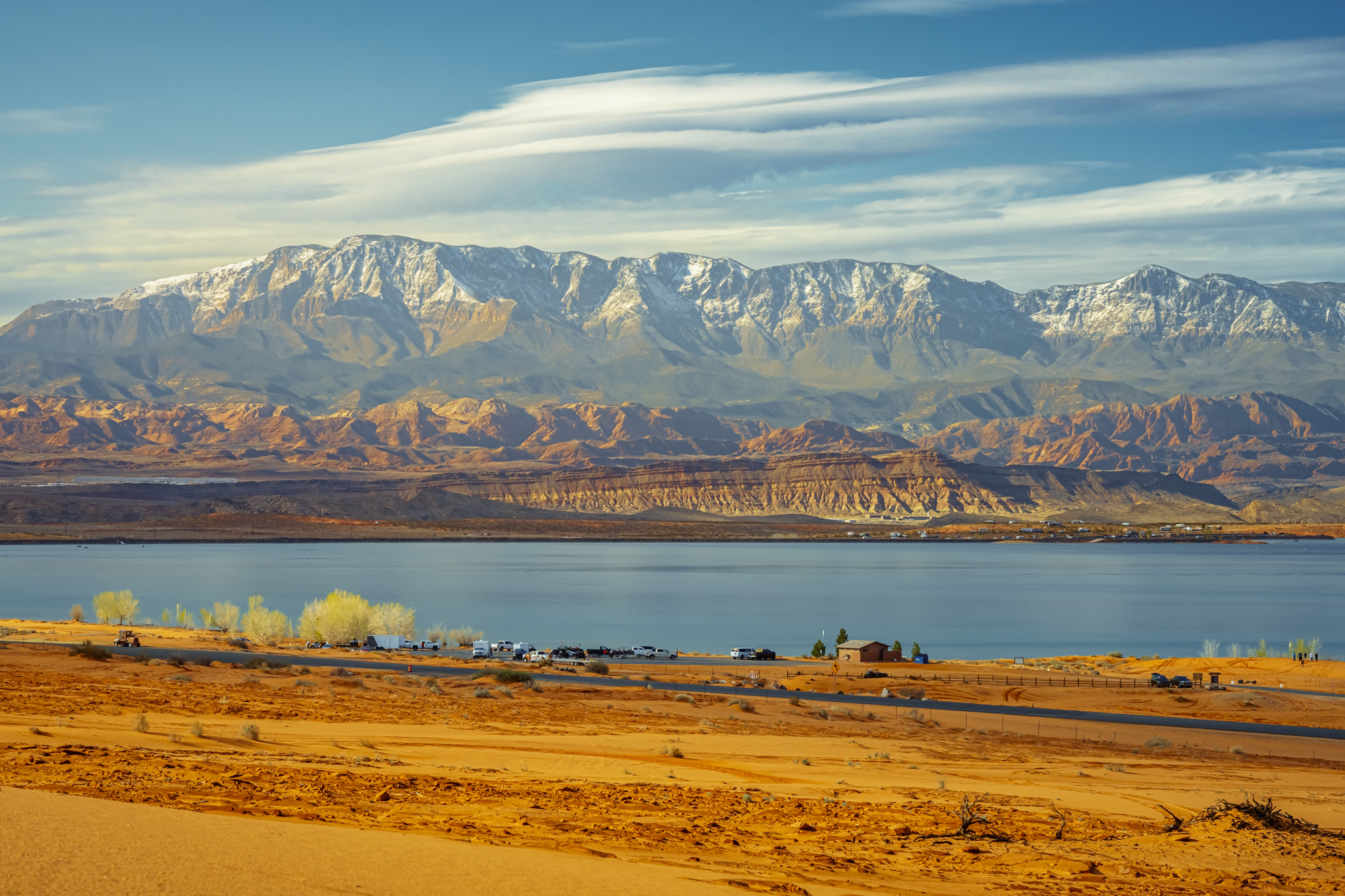When people talk about visiting Zion National Park, they usually mean the dramatic cliffs, the packed trailheads, and the bumper-to-bumper shuttle buses crawling through Zion Canyon. And sure, those iconic spots are worth a visit. But what if I told you there’s a secret escape, one that’s high, cool, quiet, and absurdly scenic, with pine trees instead of palm trees and trout instead of tourists? Welcome to Kolob Reservoir, a high-altitude haven in Southern Utah where you can fish, paddle, hike, or just hide from the chaos of summer crowds. If your idea of a good time involves fewer flip-flops and more fresh air, Kolob Reservoir might just become your new favorite place.
Where the Heck Is Kolob Reservoir?
Kolob Reservoir is located at over 8,000 feet above sea level in the Kolob Terrace area of Zion National Park. It’s about a 45-minute drive from the town of Virgin, Utah, and yes, you’ll climb dramatically in elevation along the way. That means cooler temperatures, alpine scenery, and, perhaps most importantly, significantly fewer people. It’s not in the main canyon of Zion, which means most of the crowds have no idea it even exists. And if you’re looking for real Southern Utah fishing, or just want to launch a kayak without playing bumper boats with strangers, this is your spot.
Fishing at Kolob Reservoir: A Fly Rod Fantasy
Let’s talk fish. Kolob Reservoir is stocked with rainbow, cutthroat, and brook trout. If you’re an angler, this place is more than a scenic stop, it’s a legitimate destination. While you can fish from shore, most locals will tell you that you’ll have better luck fishing from a float tube, kayak, or small boat. The best time of year to fish is mid-spring through fall, with cooler temperatures and fewer thunderstorms rolling through. Just make sure you’ve got a valid Utah fishing license, and note that Kolob Reservoir has special regulations. In fact, some sections are restricted to artificial flies and lures only, with catch-and-release rules in place to protect the native species. So check the Utah DWR website before you show up with a bucket of worms and a bobber.
Boating and Paddling: Chill Vibes Only
Boaters, rejoice, Kolob is open to non-motorized and electric-powered boats, and the calm waters make it a dream for kayakers and paddleboarders. Unlike the bustling waters of Sand Hollow or Quail Creek, Kolob is quiet. Think more alpine lake and less party cove. There’s no marina, no jet skis buzzing by, and definitely no rentals on-site, so come prepared with your own gear or rent from outfitters in St. George or Springdale before you make the drive up. It’s worth noting that due to irrigation usage, the water level can fluctuate a bit depending on the time of year. Spring and early summer tend to offer the best water conditions for paddling.
Hiking and Exploring the Surrounding Area
Kolob Reservoir isn’t just about the water. The surrounding Kolob Terrace offers some of the most underrated hikes in all of Southern Utah. And no, I’m not talking about Angels Landing, these trails are quieter, higher in elevation, and bursting with wildflowers in summer. Consider exploring the nearby Northgate Peaks Trail or the Hop Valley Trail, both of which are accessible from Kolob Terrace Road. The terrain here feels more like a high-altitude forest retreat than the red rock desert below. And because you’re already up in the mountains, you won’t be sucking wind from a steep climb just to get to the trailhead.
Camping at Kolob Reservoir: Rustic but Rewarding
Kolob is a fantastic spot for camping, especially if you like your nights filled with stars instead of headlights. There are several dispersed campsites around the lake, and a few designated areas with fire pits and flat spots for tents or trailers. These are first-come, first-served, so plan to arrive early, especially on summer weekends. The area isn’t set up like a full-service campground, so come self-contained. Bring your own drinking water, pack out your trash, and prepare for zero cell signal. Seriously. It’s peaceful, but don’t expect to post your campfire pic to Instagram in real-time. If you’re in an RV or travel trailer, make sure your rig is capable of handling dirt roads and uneven ground, especially if recent weather has made things muddy. Oh, and fire restrictions are often in place during peak summer months, so double-check those before lighting up a s’more station.
What You Need to Know Before You Go
Let’s be real, Kolob Reservoir is stunning, but it’s also rugged. There are no food trucks, no fancy bathrooms, and definitely no Wi-Fi. But that’s exactly what makes it amazing. Still, a little preparation goes a long way. First, make sure your vehicle is up for the drive. Kolob Terrace Road is paved most of the way, but sections can get rough, and once you’re near the lake, dirt roads rule the land. A standard car can usually make it just fine, but check the weather before heading out, heavy rains or snow melt can make things tricky. Next, if you’re planning to camp or spend the day, pack sunscreen, bug spray, plenty of snacks, and at least twice the water you think you need. At 8,000 feet, the air is thinner and the sun is stronger. Don’t be the person who gets altitude sickness from walking 50 feet to their campsite.
Photography Spots: Worth Waking Up Early
If you’re even halfway into landscape photography, or just like making your iPhone shots look like a Patagonia catalog, you’re in luck. Kolob Reservoir is surrounded by gorgeous viewpoints. Early morning and sunset are the best times to capture the water lit up by golden light, especially with the surrounding pine trees and cliffs reflecting off the surface. Bring a wide-angle lens for lake shots, a polarizer to cut down on water glare, and maybe a tripod if you’re sticking around after dark. On a clear night, you’ll get phenomenal stargazing too, this part of Southern Utah has some of the darkest skies in the region. Pack a blanket, lay back on the shoreline, and prepare for a Milky Way show with zero light pollution. Bonus: you don’t have to pay a “dark sky park” entrance fee to enjoy it.
Permits, Fees, and Access Tips
Good news, there’s no entrance fee to Kolob Reservoir itself. It’s managed by the Washington County Water Conservancy District, and it’s free to access for day use and most dispersed camping. However, if you’re planning to fish, you’ll need that valid Utah fishing license and to follow the posted regulations. If you’re camping, show basic human decency: don’t leave trash, don’t carve your name into trees, and for the love of all things outdoorsy, don’t blast music into the forest at midnight. Kolob is one of the last places where you can truly unplug in Southern Utah, let’s keep it that way.
Is Kolob Reservoir Worth the Drive?
Short answer: absolutely. Kolob Reservoir is one of those rare places where you can escape the heat, the noise, and the endless Instagram lines that plague more well-known Zion National Park attractions. It’s quiet, scenic, and refreshingly wild. Whether you’re fly fishing at sunrise, paddling through glassy waters, hiking through pine-covered ridges, or simply parked in a camp chair with your favorite drink and a view, Kolob has a way of reminding you why you travel in the first place. So if you’ve got a free day, or better yet, a full weekend, throw the paddleboard on your roof, grab your fishing pole, load up the cooler, and head toward the mountain air. Kolob Reservoir isn’t trying to be flashy. It doesn’t have to be. It’s just naturally awesome.


